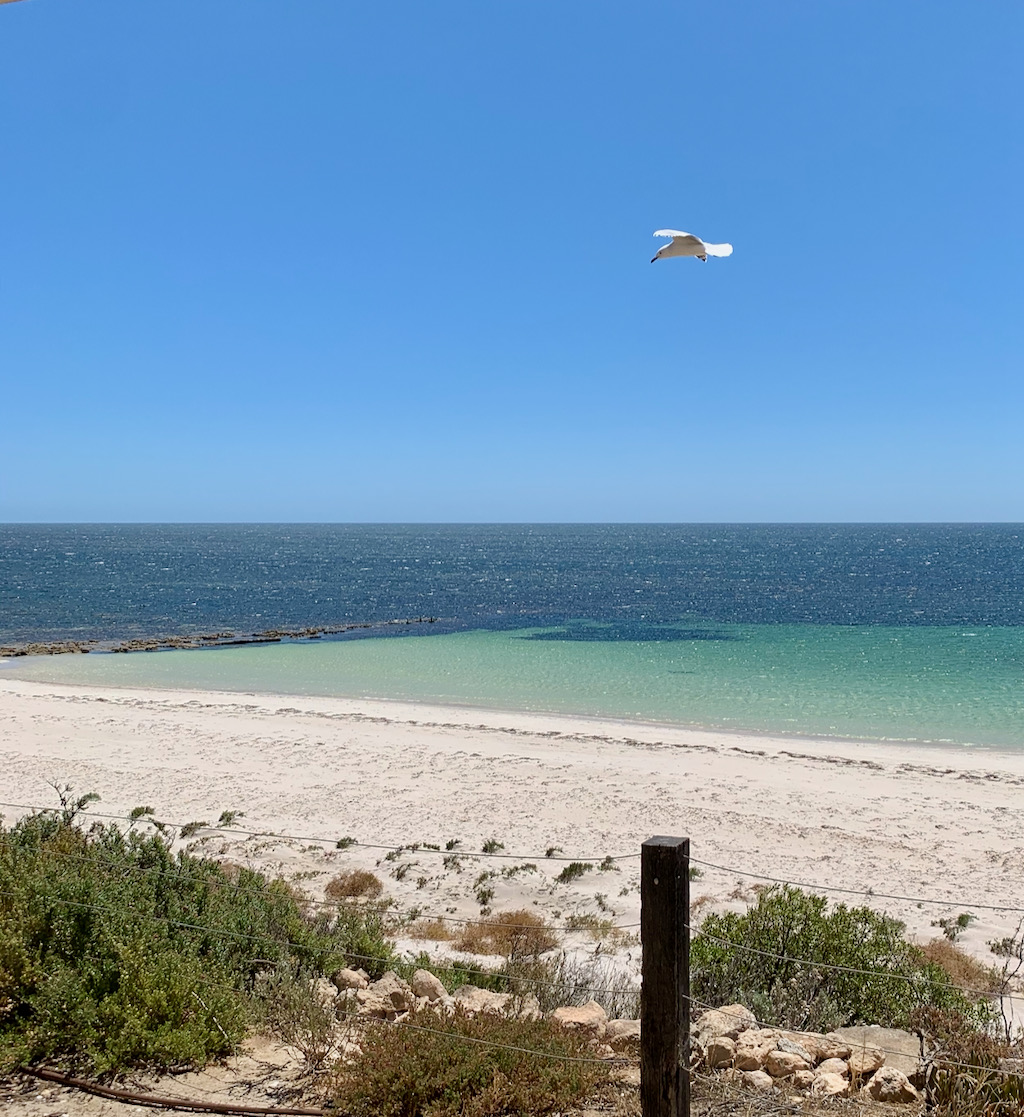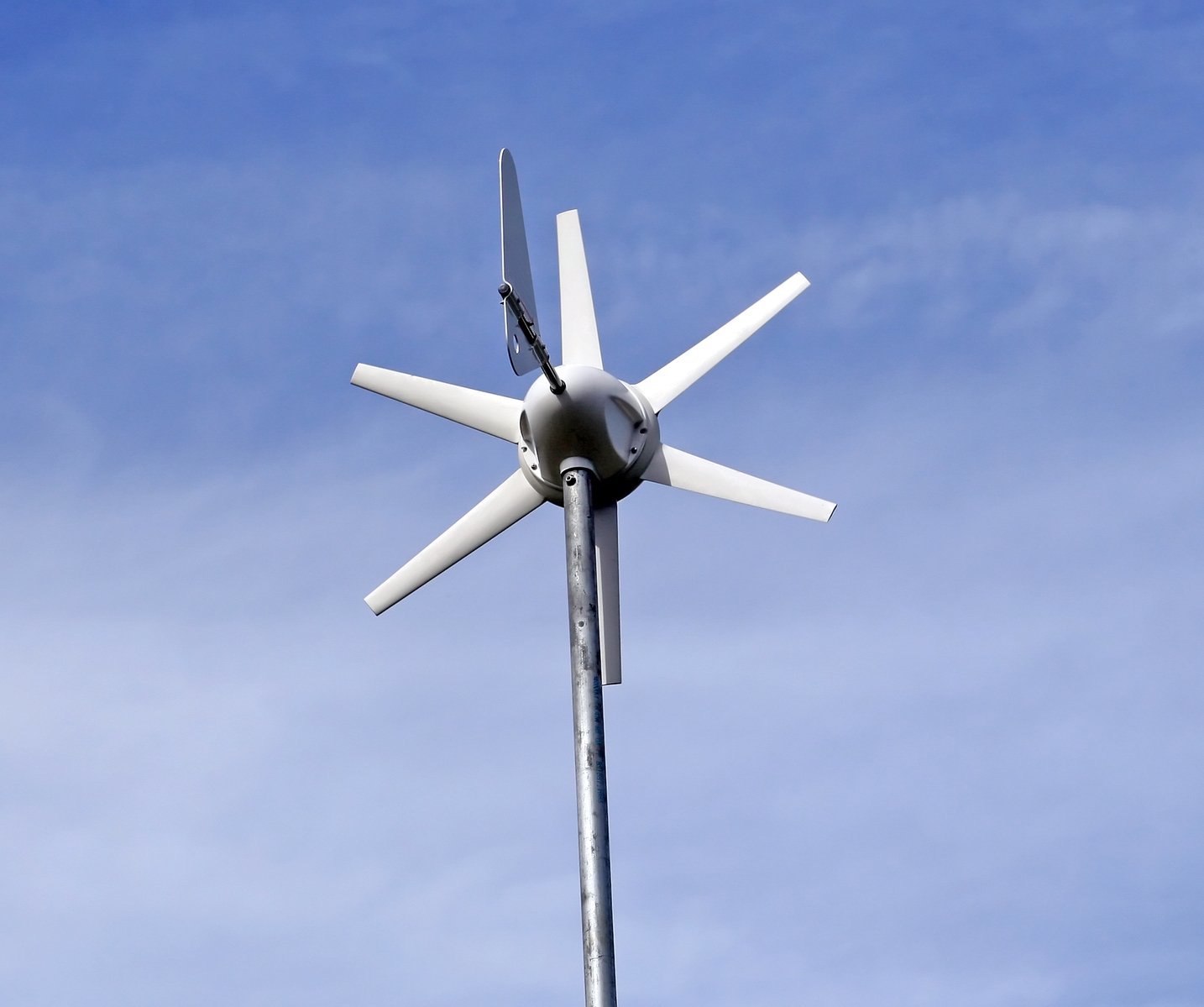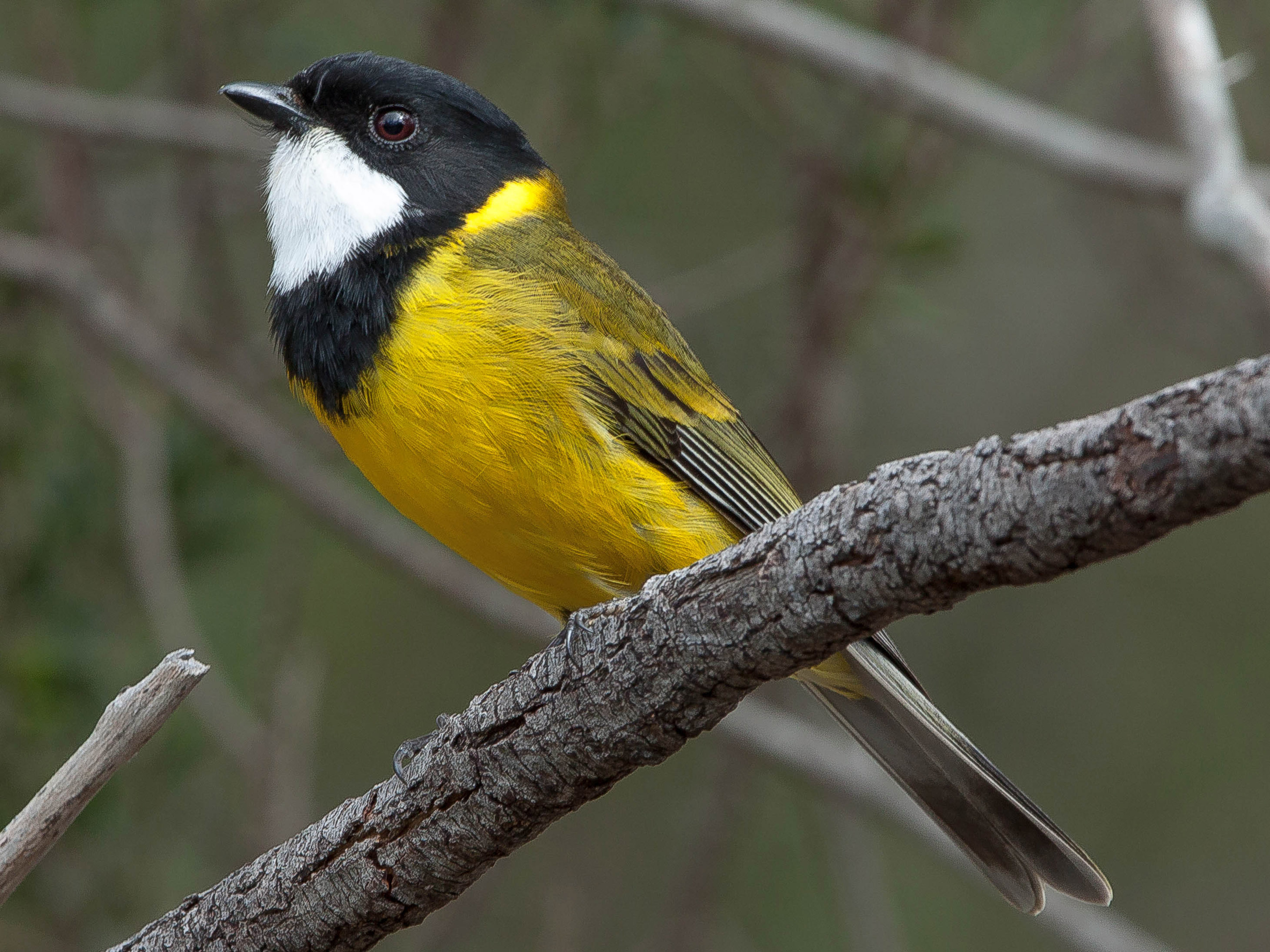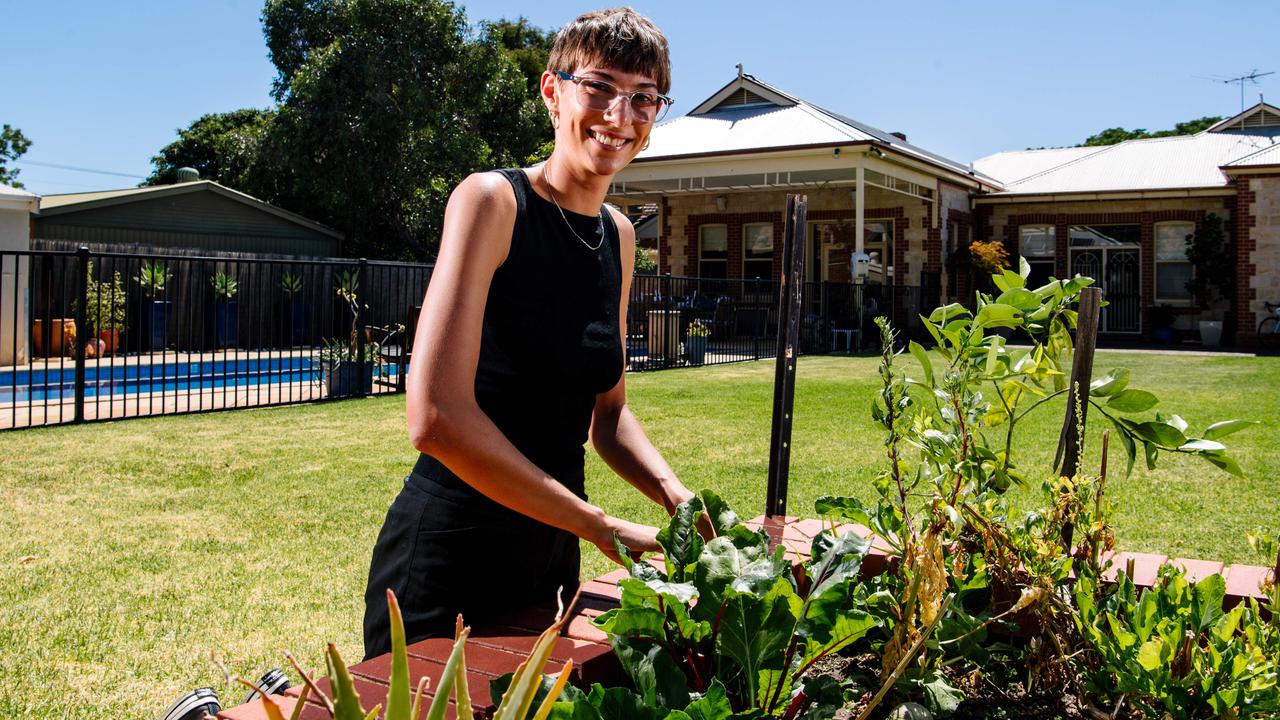BLOGS WEBSITE
Category: Climate Change
Averting disaster with UNHaRMED software
It’s an unsettling prognosis. Driven by climate change, population growth and economic development, natural hazards —such as the recent bushfires in Australia and the US, heatwaves in Europe, and floods in Japan—will in coming years become an even bigger threat. They will occur more frequently and with greater intensity. One will ‘cascade’ into another more […]
Comments Off on Averting disaster with UNHaRMED software
Blue is the new green
In the search for potential natural allies to help combat climate change, marine coastal vegetation sits near the top of the list. Known as ‘blue carbon’ ecosystems, mangroves and seagrass meadows are carbon-storage machines, absorbing CO2 up to 40 times faster than terrestrial forests and trapping carbon in the soil for millennia. They are also […]
Comments Off on Blue is the new green
In pursuit of net zero
Like the rest of the world, Australia has committed to decarbonising. And beyond the nation’s official Paris Agreement obligations, there’s widespread community agitation to reduce CO2 emissions to net zero by 2050. But achieving this in a country predicting 40 per cent population growth over that period, and renowned as one of the world’s worst […]
Comments Off on In pursuit of net zero
International joint research reveals how fish adapt to ocean acidification by modifying gene expression
Human-driven global change is challenging the scientific community to understand how marine species might adapt to predicted environmental conditions in the near-future. The effects of the uptake of anthropogenic atmospheric CO2 by oceans affects propagate across the biological hierarchy, from changes in the building blocks of life at nano-scales to organism, physiology and behaviour through ecosystem […]
Comments Off on International joint research reveals how fish adapt to ocean acidification by modifying gene expression
Article – Australia’s state of degradia
With almost a third of arable land classified as degraded, what can we do to reverse the rapid pace of degradation and can we do it in a way that benefits us? ‘A nation humanity must take responsibility for’, writes Professor Andy Lowe. For most of our history we have been hunters and gatherers – low […]
Comments Off on Article – Australia’s state of degradia
As climate change worsens Adelaide will become a 50 degree city
Climate change means Adelaide is already on a path towards unavoidable destruction. But if we act now, we can avoid the worst, says environmental expert Robert Hill. Professor Robert Hill doesn’t paint a pretty picture. But then again, he doesn’t want to. Too much time has already been wasted – and the time for patience […]
Comments Off on As climate change worsens Adelaide will become a 50 degree city
The risks to Australia of a 3°C warmer world – new report launched
Researchers at the University of Adelaide have joined a group from the National Academy of Sciences to show the importance of Australia revisiting climate change targets to stay well below a 2°C increase. This Warmer World Report synthesises the observed impacts of climate change on Australia and the risk to our future of the current […]
Comments Off on The risks to Australia of a 3°C warmer world – new report launched
Woodland biodiversity is declining on Adelaide’s doorstep
With the plight of threatened fauna normally obvious, researchers are finding it can take decades to detect subtle changes in the abundance of many species. Since 2001, the woodland birds of the Mount Lofty Ranges near Adelaide have been monitored every year at over 150 sites from Victor Harbour in the south to near Gawler […]
Comments Off on Woodland biodiversity is declining on Adelaide’s doorstep
What is a 1 in 100 year weather event and why do they keep happening so often?
People living on the east coast of Australia have been experiencing a rare meteorological event. Record-breaking rainfall in some regions, and very heavy and sustained rainfall in others, has led to significant flooding. In different places, this has been described as a one in 30, one in 50 or one in 100 year event. So, what […]
Comments Off on What is a 1 in 100 year weather event and why do they keep happening so often?
A quarter of homeowners lawn area can grow enough vegetables to become self-sufficient
Research led by the University of Adelaide has found in a case study of Adelaide properties, households would need to give up less than a quarter of their domestic lawn areas to grow enough vegetables to become self-sufficient. In the study published in Sustainable Cities and Society, researchers calculated self-sufficiency by measuring the capacity of […]
Comments Off on A quarter of homeowners lawn area can grow enough vegetables to become self-sufficient











